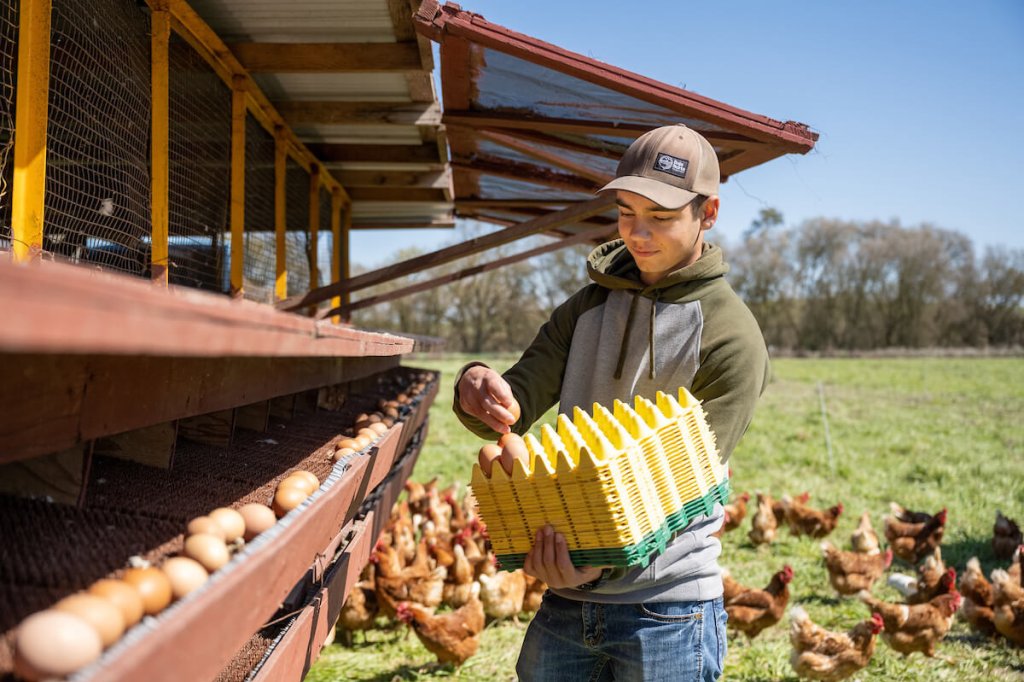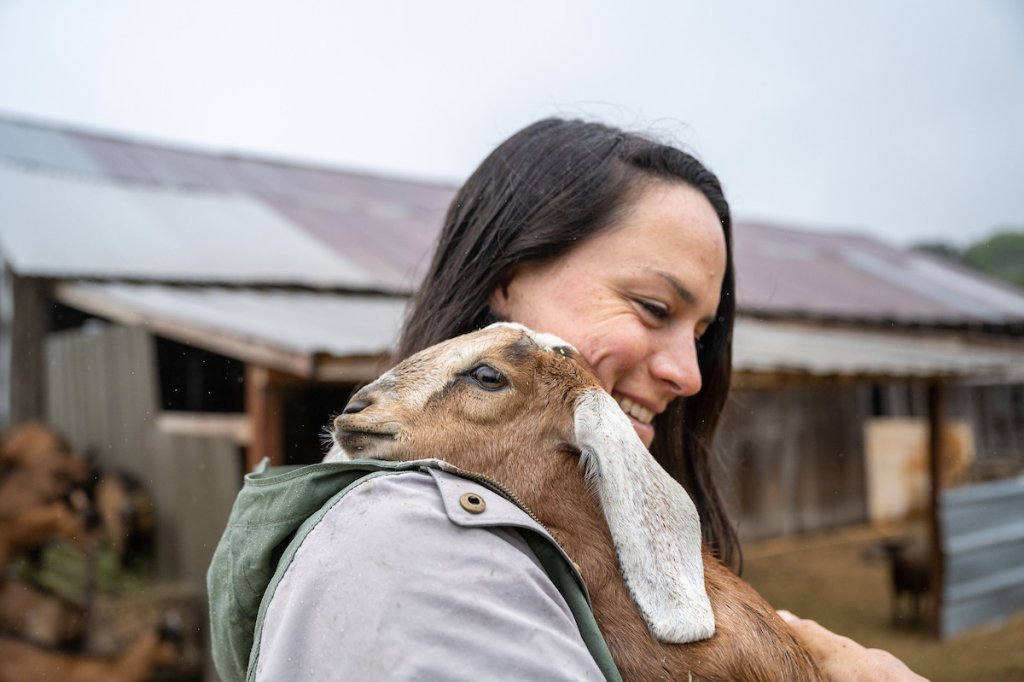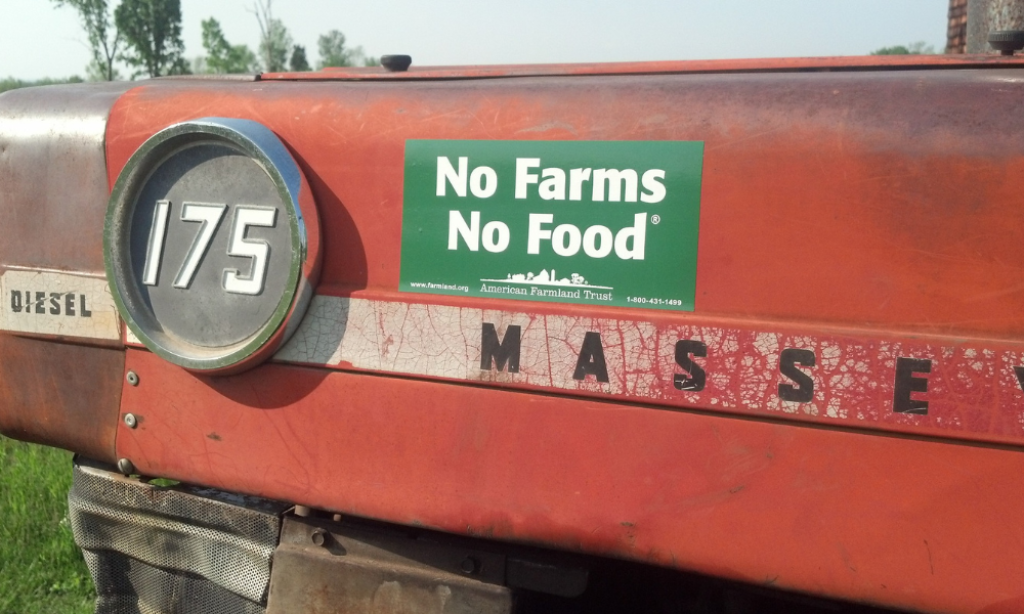Carbon Farming Strategies
Every day, more and more articles pop up in my news feed highlighting carbon as a potential revenue source for farmers. I admit, as a soil scientist my feed may be a bit biased, but news about farming practices that store soil carbon are no longer limited to scientists or conservation-minded farmers, soil carbon has infiltrated the mainstream. In fact, over the last few months, multiple articles have been published in the popular press discussing various aspects of carbon farming. Ideas range from proposed policies to marketplace creation to corporate, regional and national pay for performance approaches.
With all this buzz, navigating through the various programs to decide which one is right for your farm should be relatively easy, but in my experience, just staying up to date with the discussion is a full-time job. Last week the incoming Chair of the Senate Ag Committee announced her commitment to climate policies for farmers and ranchers, including the creation of a national voluntary climate exchange that may look to the USDA to verify carbon gains in the soil. These gains could then be sold as credits to companies looking to reduce the carbon footprint of their supply chains. But potential buyers and sellers are not waiting for a national carbon bank. Transactions between farmers and carbon brokers are already happening and ramping up daily.
To put these credits in a local context, if the two practices with the highest implementation potential, cover crops and no-till, were utilized on all of the acres suitable for adoption of these practices in Illinois, over $300 million in potential carbon market payments could be generated by Illinois farmers, given current market rates. While this scenario describes a theoretical maximum of 100% adoption which may not be realistically feasible, it illustrates the significant potential revenue at stake.
But enhancing profitability is about more than markets or sequestration potential. It’s about protecting the lifeblood of your farm – your soil. Building soil carbon helps to regulate water and temperature fluctuations, enhance soil structure and infiltration, and boost nutrient cycling, all of which translate to increased resiliency to extreme weather events and improved productivity over time. So, while the recent buzz about soil carbon is exciting and perhaps long overdue, the practices that work to keep your soil in the field and improve its function are not new and they have been used for decades. The only difference is now a there exists a broader range of opportunities and assistance to try these practices on your own farm.
To help farmers navigate the growing availability of market incentives for ecosystem services, each with their own contracting complexities, verification rules, and payment schedules, the Illinois Sustainable Ag Partnership, or ISAP, is hosting an online forum on February 12 titled “Farming for the Future: A Forum Exploring Ecosystem Markets.” The forum brings together representatives from four prominent carbon markets: Indigo Ag, Nori, Ecosystem Services Market Consortium, and the Soil and Water Outcomes Fund.
Farmers and farm advisors that join the forum will get a step-by-step overview of program enrollment from start to finish. We’ll highlight key contracting terms and conditions, payment schedules, verification requirements, and a full hour of the forum is dedicated to a question-and-answer session with the presenters, providing an opportunity to do a side-by-side comparison of program incentives.
The forum is being hosted in partnership with nearly 30 organizations from Ohio, Indiana, Illinois, Iowa, and Wisconsin, representing commodity groups, extension agencies, and non-profit organizations. Many of our partners come to the table as long-term conservation leaders and innovators, with decades of experience in implementing programs that address soil and water resource concerns. Whether you are a soil health guru or implementing practices for the first time, I’m positive that the information provided at this forum will help build your confidence in evaluating opportunities to increase the carbon content of your soil, and I’m hopeful that increased confidence will translate to increased success.




